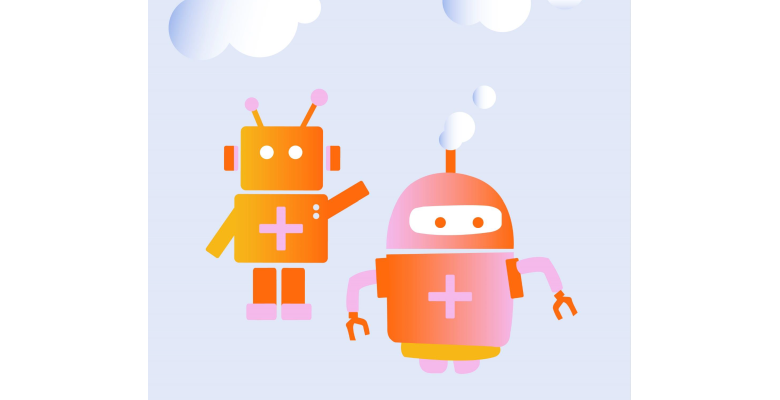Dream Robot
Home > Projects > Droomrobot

Anxiety and pain are common in children undergoing medical procedures. A new potential anxiety- and pain-reducing method for hospitals is the use of social robots. While these are successful in distracting children in the puncture room, hospitals want a robot that can be used more broadly, namely in various medical procedures among a wide age group of children. It is also important that the caregiver himself can easily deploy the robot within the care process.
Hospitals came up with the idea of programming a robot that can apply the medical hypnosis technique “guided fantasy”, using positive suggestions to give a different meaning to frightening thoughts or experience pain in a different way. The various question articulation discussions with hospitals, robot researchers, robot programmers and suppliers, medical hypnosis experts, and representatives of the robot industry and the child-in-hospital perspective, eventually led to the practical request to:
develop a plug-and-play robot that can effectively use guided fantasy to reduce anxiety and pain among 4- to 12-year-olds during various medical procedures in hospital, taking into account children’s personal and age-specific needs and practical feasibility and practicability.
This practice question will be answered through four work packages in collaboration with children, parents, caregivers, technicians and researchers:
- First, the hospital practice situations and key robot requirements within the consortium will be mapped in order to use them to develop a first prototype of an AI-assisted (autonomous) social “dream robot” that applies guided imagination.
- This prototype will first be further refined and better tailored to the practical situation in a series of short-term tests in different hospital practice situations.
- Next, the dream robot will be tested on a large scale for its anxiety- and pain-reducing effects among children of different ages in a long-term hospital study.
- Finally, what is needed for the wide adoption and introduction of the dream robot in hospitals will be identified.
Next steps
Over the next few years, the project will focus on testing the Dream Robot in different hospital contexts, closely involving children, parents and caregivers. This iterative approach will ensure that the robot is effective and user-friendly. The ultimate goal is to widely implement the Dream Robot, making a substantial contribution to children’s comfort and well-being during medical procedures.

